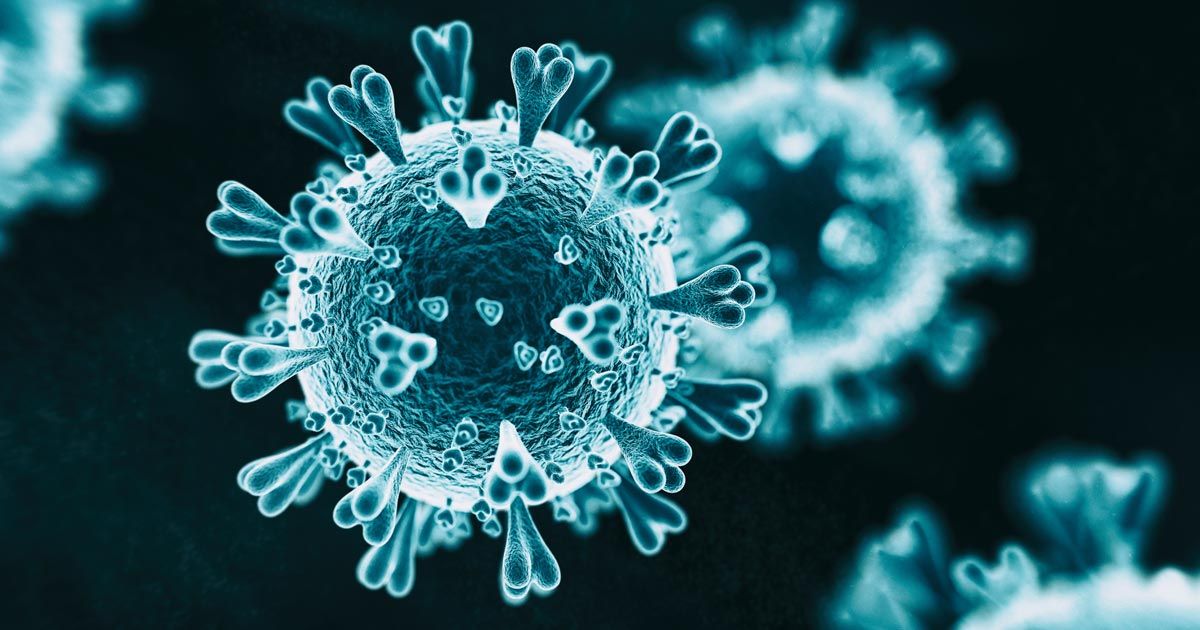COVID-19 numbers pale in comparison to other diseases, but experts heed caution

A few minutes every morning is all you need.
Stay up to date on the world's Headlines and Human Stories. It's fun, it's factual, it's fluff-free.
Worldwide, the latest numbers on the coronavirus shows over 145,000 cases, 5,400 deaths, and over 72,000 recoveries.
In the United States, there are now over 2,000 cases and 50 people have died.
Notably, cases in China have significantly dropped off, suggesting that the virus can be contained given the appropriate response. In China’s Hubei province, the original epicenter of the virus, only five new cases were reported on March 12 with just eight recorded on March 11.
As the US ramps up its fight against the virus, and other places in Europe and the Middle East grapple with their own increases, experts and policy makers are working to prepare healthcare systems.
However, there is still disagreement on how society should react.
Other diseases and viruses cause more deaths
Over the past several weeks, the US and other western countries began facing the prospect of a serious medical crisis with the spread of COVID-19. However, some have argued that people are overreacting to the threat of the virus.
Echoing this sentiment, last week President Trump tweeted that “last year 37,000 Americans died from the common Flu.” Trump went on to assert that “Nothing is shut down, life & the economy go on.”
The oft-repeated claim that more people have died from the common flu than from COVID-19 is true, for now, as the number of deaths caused by coronavirus hasn’t yet come close to rivaling other major diseases and the seasonal flu.
In 2009, H1N1 killed between 151,700 to 575,400 people worldwide, much higher than the current COVID-19 numbers.
However, experts have warned that there is a major difference as the coronavirus has not infected nearly as many people as the seasonal flu does on a yearly basis and as H1N1 did in 2009.
This fact, combined with statistics that show that the coronavirus is deadlier than the seasonal flu, especially among individuals who are older or have compromised immune systems, has experts emphasizing that the threat posed by COVID-19 is a serious one.
Another major concern is that COVID-19 could overwhelm the US healthcare system, leading to a lack of health supplies and less personnel to take care of the sick.
“Unless we are able to implement dramatic isolation measures like some places in China, we’ll be presented with overwhelming numbers of coronavirus patients – two to 10 times as we see at peak influenza times,” said the University of Nebraska’s Dr. James Lawler.
Worst case scenario
Last month the Centers for Disease Control and Prevention (CDC) convened a meeting with local and international experts where they discussed the possible trajectories of the virus within the United States.
During the meeting, it was reported that in the worst case scenario approximately 160 million to 214 million people in the US could get infected, nearly half to two-thirds of the population, with 2.4 million to 21 million people requiring hospitalization and the number of dead ranging anywhere from 200,000 to 1.7 million.
While these numbers are dependent on a number of variables that are hard to account for, it demonstrates the seriousness of the threat in the eyes of experts.
However, if these numbers were to become a reality, COVID-19 would end up as one of the leading causes of death in the US.
[article_ad]
Have a tip or story? Get in touch with our reporters here!




Comments ()